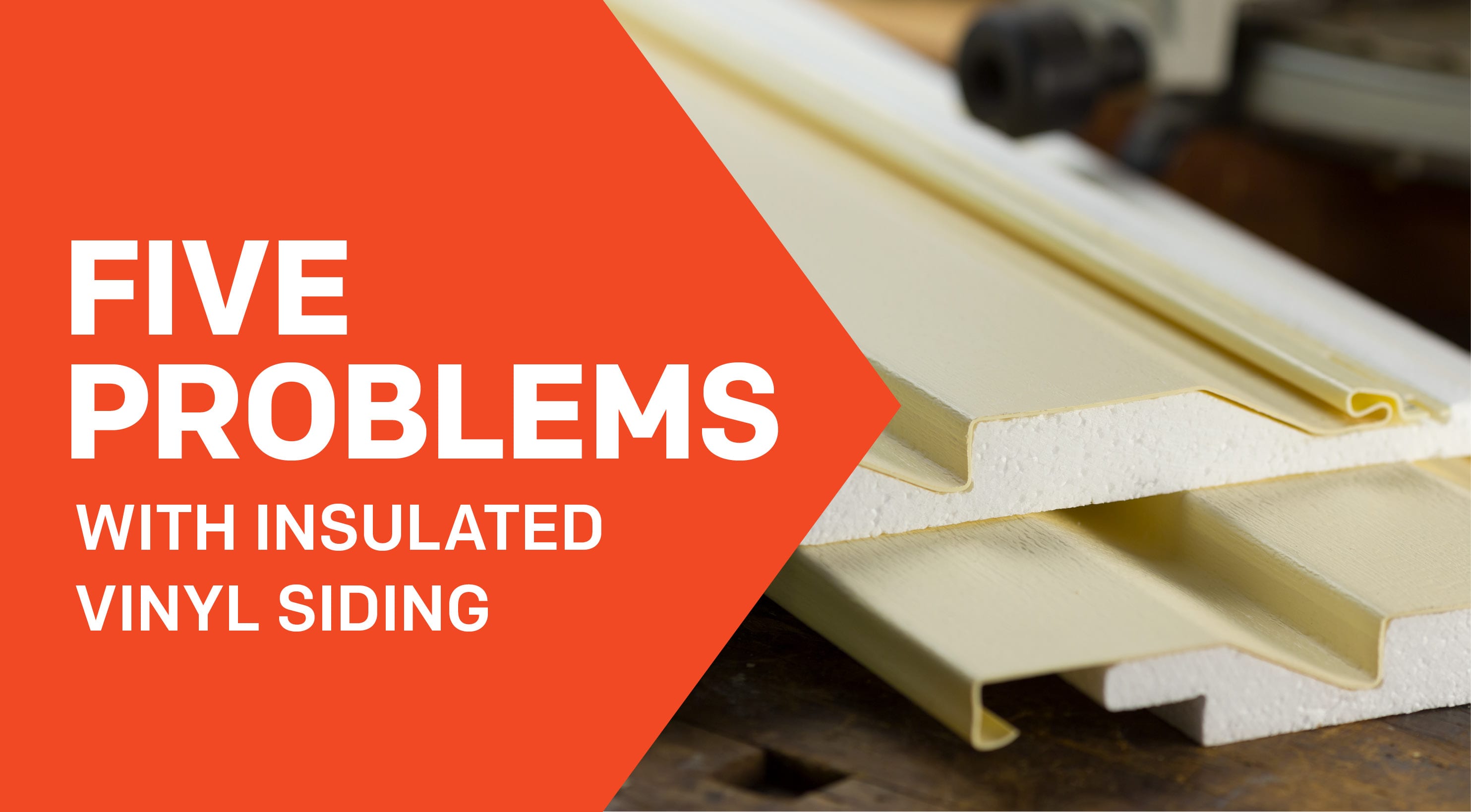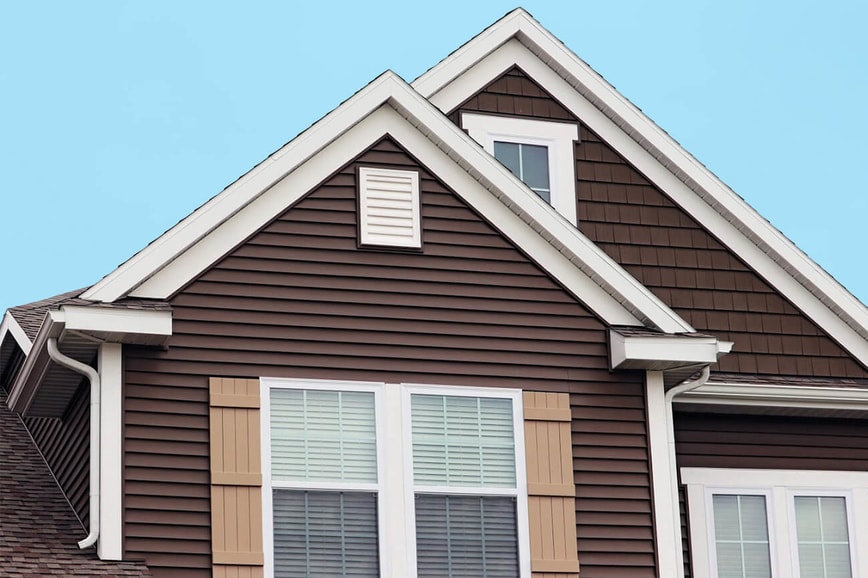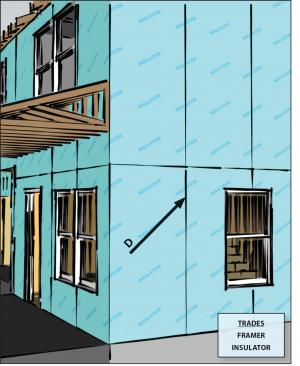Fill Gap Under Siding With Insulation

Then enmesh an exclusion material into the foam.
Fill gap under siding with insulation. Would like to do it once but do it right. The walls do not have insulation and so are hollow spaces cavities. By filling the voids behind the siding s stepped profile the insulation makes the complete material stiffer and more resistant to warping and movement than conventional vinyl siding. Later on if you replace the siding you can put on a vapor barrier seal holes add rigid insulation and at that point perhaps seal around the cladding where it meets up to the foundation if you decide to as part of.
Look for minimal expanding foam on the can s label for a cleaner job. That creates gaps and air convection routes around the box. There is what looks like ripped plastic paper but then just a large gap into my basement around the entire house. Just use it as a filler or backing material.
Don t wrap fiberglass batts around electrical boxes or stuff full batts behind them. Step 9 plug up larger gaps with pieces of copper scrubbing pad from the hardware store. A good diy approach is to cut rigid foam insulation to fit between the joists. Put the batt in place and use a scissors to snip around the box.
The cold air can then be felt coming out of the outlets and where there are gaps between the baseboard and wood floors. In order to fill a gap properly you want to go with a 3 step process. One source of cold air seems to come from under the bottom of the siding where it meets the foundation. Then fill the space around it with expanding foam.
Fill gaps large and small with expanding foam just spray it into the gap. You can use spray foam to fill the hole. Pick a day when the attic temperature isn t extremely high or low. To help keep air from escaping through the attic seal the gap between the attic hatch door frame and the ceiling joists.
Shim the rigid foam in place with little chunks of foam. Remove the loose pieces of insulation in the gap before foaming. Fill in the space between the four sides of the attic hatch door frame and the ceiling joists. Tuck the snipped out plug of insulation behind the box.
The insulation also adds some r value or insulating quality to the siding. First fill the void with a backing material. These benefits make insulated vinyl seem like an easy worthwhile upgrade to. Cut it about 1 2 in.
Don t forget to caulk or foam the joint between the sill plate and the foundation too. Undersized so it s easy to fit in. But don t just use that. Is there supposed to be a direct entrance into my basement under the siding.














































